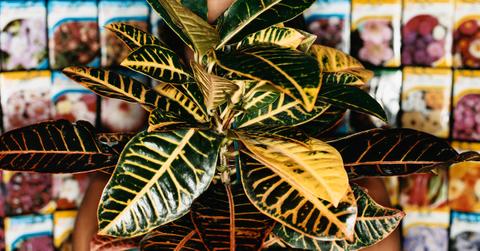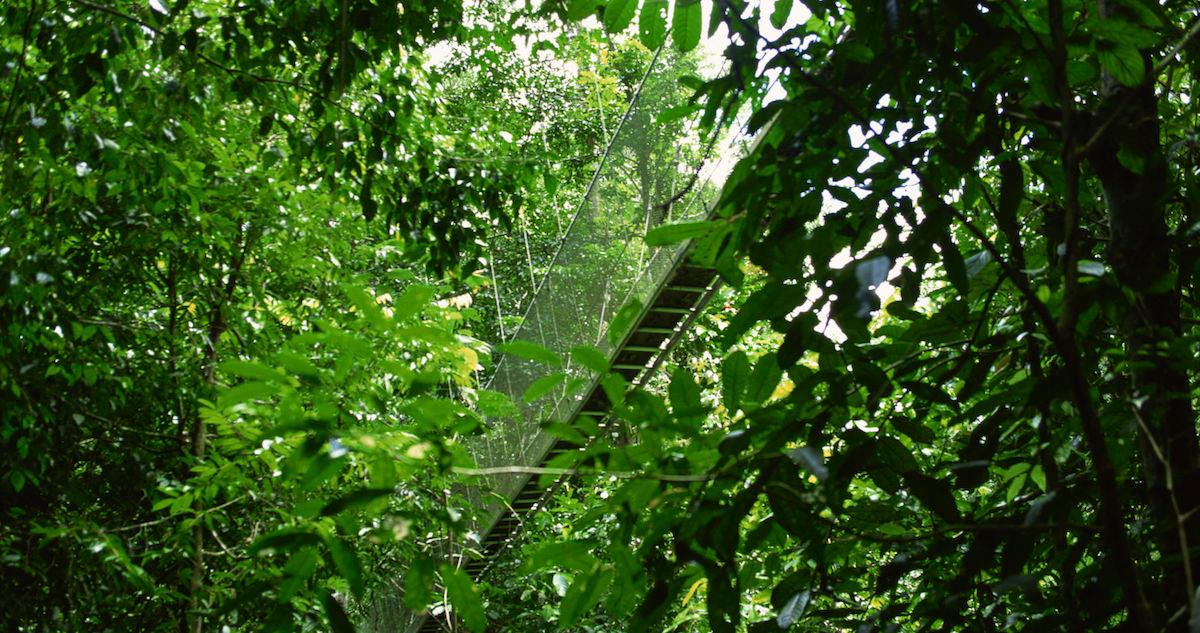Why Your Rubber Plant Is Dropping Leaves, and How to Pick up the Pieces
Published Feb. 25 2021, 10:55 a.m. ET

Rubber plants are beautiful houseplants that can live for decades with proper care. Native to parts of Southeast Asia, their broad, shiny, distinctive oval leaves have set them apart from other, more mundane houseplants since the Victorian era. If you have noticed that your rubber plant is dropping leaves, however, you’re likely worried that something might be wrong. Read on to find out why this sudden leaf-dropping behavior might be happening and how to solve the problem.

Why your rubber plant is dropping leaves:
Being a naturally tropical plant, rubber plants can be sensitive to changes in water, temperature, soil conditions, and sunlight. If any of these aspects are out of balance, your rubber plant might be inclined to drop leaves as a means of staying alive. Unfortunately, if the underlying problem isn’t solved, that tactic won’t be effective for long.
According to Smart Garden Guide, rubber plant leaves can be subject to several types of leaf damage. Examining the fallen leaves could give some clue to the issue at hand. Yellowed, mushy leaves might mean the plant is being overwatered, while crisp, wilted leaves mean the opposite. Curled leaves are a sign that some pest is involved but they can also signify that lack of light, incorrect temperature, or improper acclimation could be the true cause of the leaf dropping.
Overwatering or underwatering
Rubber plants come from a tropical place where water is plentiful, and because of this, they have a pretty low tolerance for drought. Leaves will begin to wilt and subsequently drop if you forget to water them for even a few days. That said, rubber plants don’t like to be too moist either. Too much water and their newly mushy, yellowed leaves will start dropping like flies. The trick is to let the plant dry out slightly between waterings by giving the roots some room to breathe.
Acclimating to the environment
As a formerly tropical plant, rubber trees require pretty ideal temperature conditions in order to thrive. This is not to say that they cannot survive outdoors in a temperate climate, they just need to be moved inside when the outside temperature reaches 50 degrees Fahrenheit. The rubber plant then needs to acclimate to its new indoor environment. If your plant is inside and dropping curled leaves, stress from improper acclimation could be the cause.
According to Gardening Know How, outdoor rubber plants can be acclimated to indoor life through a multistep process. The trick is to bring their pot or container inside at night while bringing it outside during the warmer daylight hours. This should get it ready for its new life as an actual houseplant. A healthy rubber plant should be kept at a steady temperature of between 65 and 80 degrees Fahrenheit.
Light sensitivities
Light is just as important to a rubber plant as temperature, according to The Girl with a Shovel. These plants are used to the bright, indirect light they get in the jungle, which means they need to be kept in a sunny space, but not right in front of a window.
Photosynthetically nourishing as it may be, the sun can prove to be too harsh for some rubber plants. The result of too much light will be leaves that droop downwards. Too little light will see the leaves stretching out towards the light source, forcing the lower leaves to get less light and drop off.
Pest problems
Aphids, scale bugs, thrips, and spider mites are common garden variety pests that enjoy munching on your unsuspecting rubber plant. According to Gardening Know How, these pests usually sneak their way into flower pots when your plant is kept outside. These little buggers love to puncture the leaves and suck the sap out of rubber plant leaves, and that’s despite the fact that the juice running inside of them is essentially rubber.
You can usually tell that your leaves are being chomped by small contusions around the fallen, withered leaves. The folks at Gardening Know How recommends using plant insecticidal soap sprays against these tiny pests. These are less toxic than other indoor insecticides, but you may have to respray every few weeks to be rid of them entirely.
No matter the cause of your dropped leaves, the most important thing to remember is that damaged leaves don’t recover. Most of the time, the damaged leaves will simply fall away; if they do not, they must be pruned so that they can be replaced with healthy new growth. If you are going to prune, make sure to do so just above the leaf node. This will stimulate new branches right below the cut.